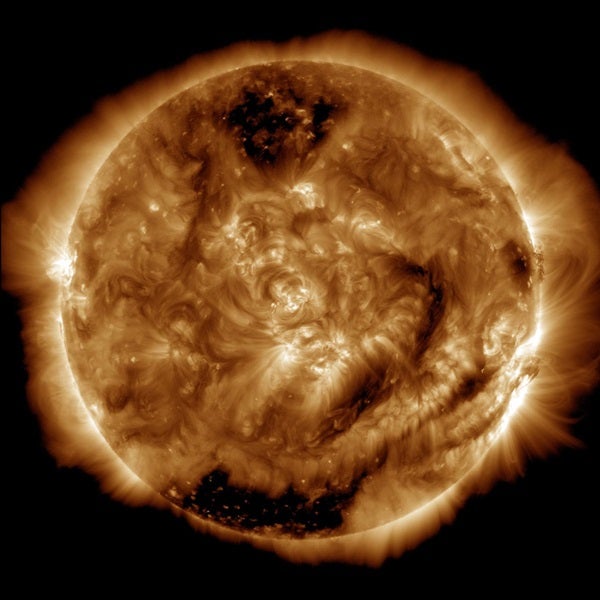Between the AIA and two other instruments on board, the Helioseismic Magnetic Imager and the Extreme Ultraviolet Variability Experiment, SDO sends down a whopping 1.5 terabytes of data a day. AIA is responsible for about half of that. Every day it provides 57,600 detailed images of the Sun that show the dance of how solar material sways and sometimes erupts in the solar atmosphere, the corona.
In the almost five years since its launch on February 11, 2010, SDO has provided images of the Sun to help scientists better understand how the roiling corona gets to temperatures some 1,000 times hotter than the Sun’s surface, what causes giant eruptions such as solar flares, and why the Sun’s magnetic fields are constantly on the move.










